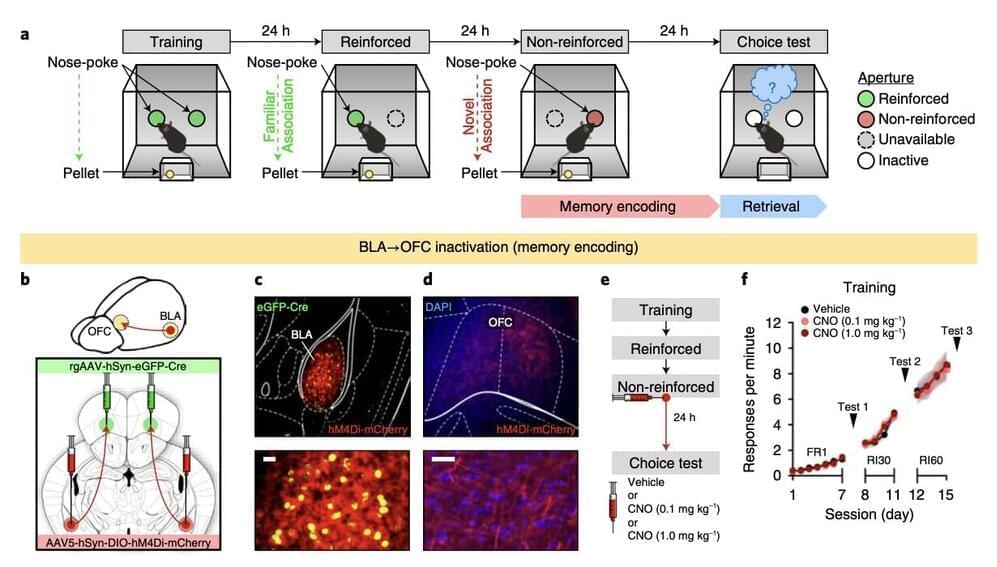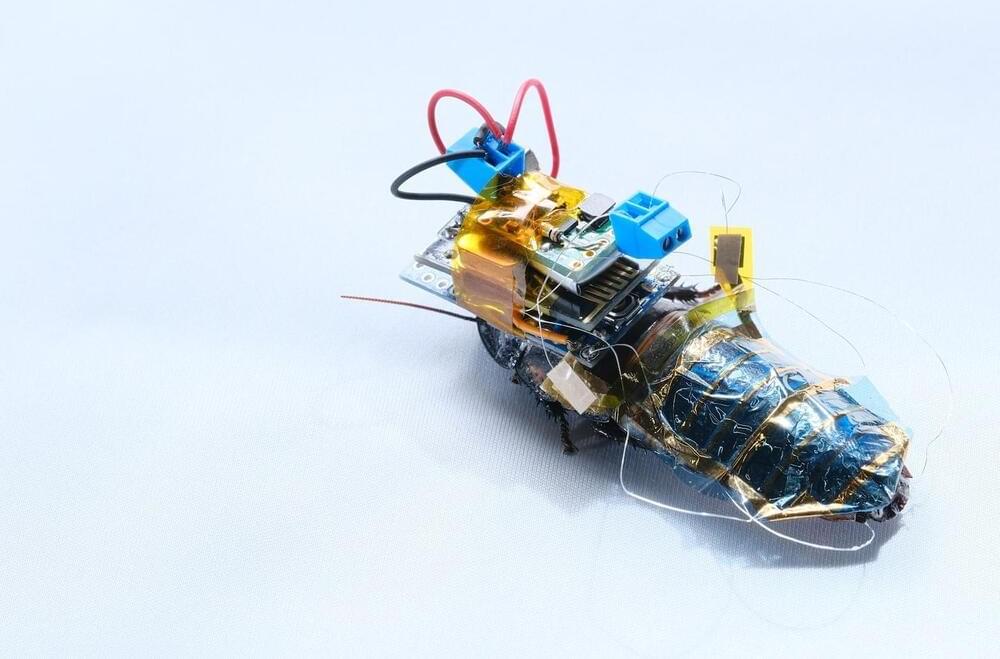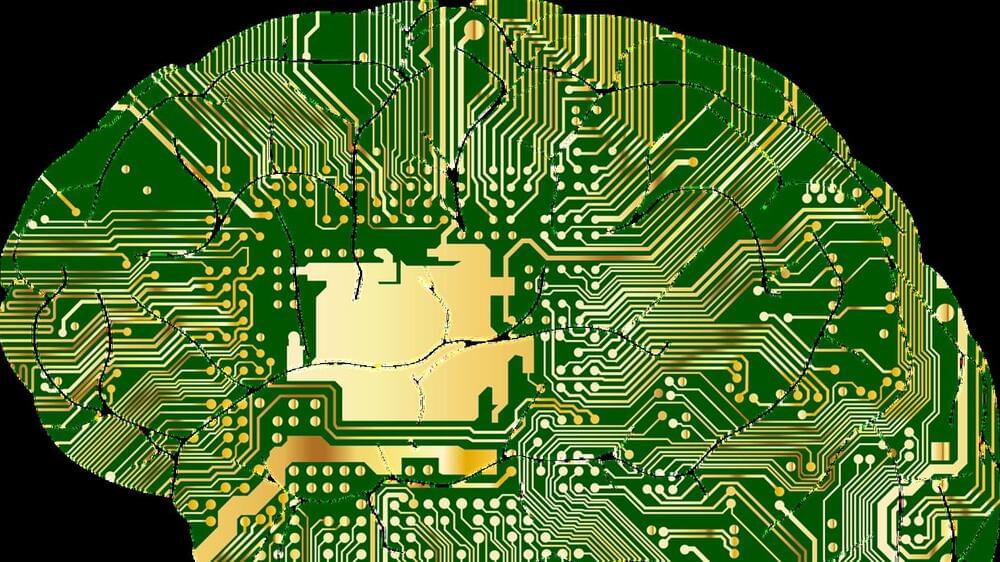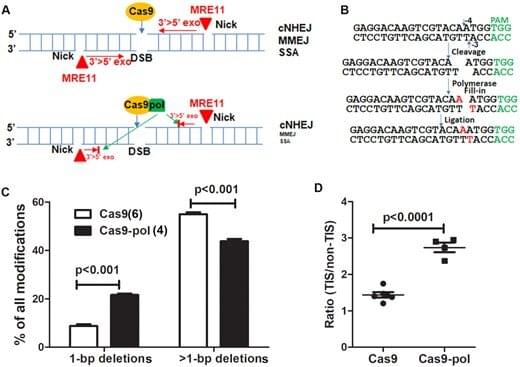But this is only one half of the story, as metal-poor stars within the Milky Way may also have come from smaller dwarf galaxies that smashed into and merged with our galaxy throughout its life. By examining these stars’ paths through space while retaining only those that didn’t veer out into the metal-poor regions of the galaxy, the researchers were able to separate out the stars that form the ancient heart from the stars that originated in a dwarf galaxy.
This left researchers with some of the original skeleton of stars around which the Milky Way grew — a population they estimate to be between 50 million to 200 million times as massive as our own sun. As heavier stars die faster than smaller ones, the remaining stars are on average around 1.5 times lighter than the sun, according to the researchers.
“These stars make up about half of the total stellar mass once born,” Rix said. “So, about half of the stars [from the protogalaxy] survive to date.”








